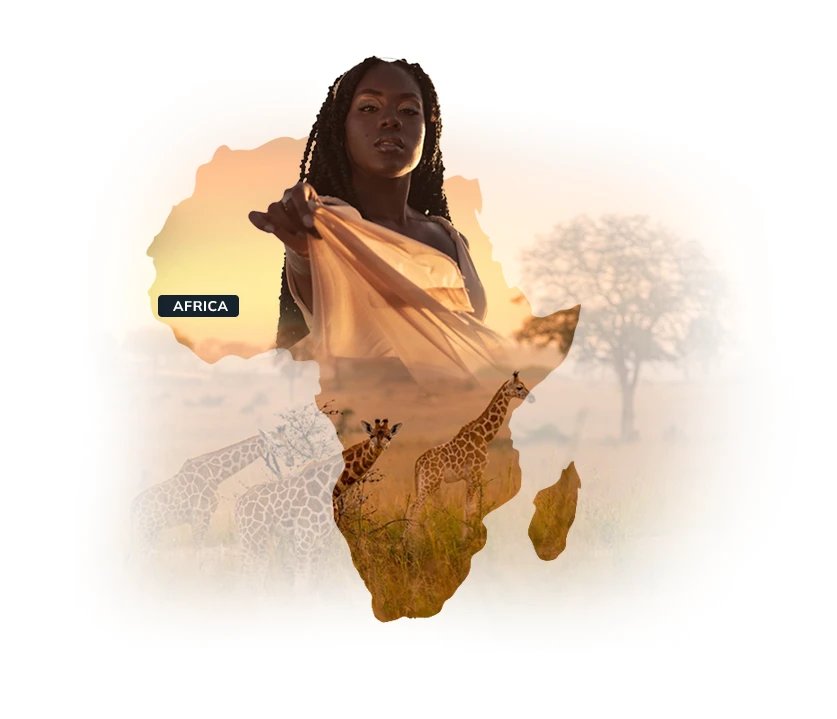One of the most remote, true wilderness areas in Africa
 Explore the wilderness of Northern Kenya
Explore the wilderness of Northern Kenya
A journey to the remote reaches of one of Kenya’s least explored regions feels like stepping back in time. You’ll discover vast, varied landscapes, unique flora and fauna, tribes and customs that are little seen elsewhere and prehistoric migration routes and landmarks.
Northern Kenya is often referred to as Frontier Land and one of the last remaining, true wilderness areas in Africa. The landscape is vast and largely arid, though the May rains transform some areas into emerald sanctuaries for birds and wildlife. The green mountains of the Matthew's range soon roll into desert if you choose to venture where not many do; past South Horr, across the Suguta Valley and to the shores of Lake Turkana.
Venture further still to Sibiloi National Park on the rugged lake shores to discover the cradle of mankind. This infamous area is home to important archaeological sites including Koobi For, where a two-million-year-old fossilized skull was discovered by Richard Leakey and his team.
The Turkana, Samburu, Rendille and El Molo tribes call this incredible part of the world home. Although different in tradition, heritage, and customs the tribes of Northern Kenya are largely nomadic people and cattle are the most valuable currency here.
As most of this region is dedicated tribal land, wildlife in Northern Kenya is sparse, but on visits to protected areas you can find rarer species such as Grevys zebra, Somali ostrich and reticulated giraffe and Lake Turkana is home to the largest population of Nile crocodiles.
As you might expect from any adventurous, far-flung, destination access is difficult. It’s a long, hot, dusty drive through the Laikipia region, before you descend the great rift valley wall to Samburu and the expanse of Northern Kenya. Although doable, to truly appreciate the vast tracts of land and colorful, varied landscape, we recommend flying in via private helicopter during a stay in Laikipia to find some of Kenya’s most exclusive, unique places and experiences.
When should I visit Northern Kenya
The mountainous areas of Northern Kenya are thickly forested and often enjoy rainfall in April, May and November, as well as occasional showers throughout the year. However, the majority of Northern Kenya is notably dry and arid and can go months, sometimes years without rainfall. It’s hot year-round with daytime temperatures rarely dropping below 40 degrees Celsius, however some relief is offered during the May rains.
WEATHER CHART:
- Excellent
- Good
- Poor
Need to chat?
Find out more and tailor your perfect trip with the help of our specialist team
Enquire OnlineYour Luxury Accommodation Options in The Great Salt Pans
There is a large variety of lodges and camps in The Great Salt Pans. Stay deep in the wilderness at San Camp, on the edge of the Ntwetwe Pan, with seven billowing white tents, four-poster beds, Persian rugs and a magical Arabian Nights atmosphere. Families will love Nxai Pan Camp, with an outdoor pool with views of a nearby watering hole, while honeymooners will melt into a romantic and surreal environment at Camp Kalahari.
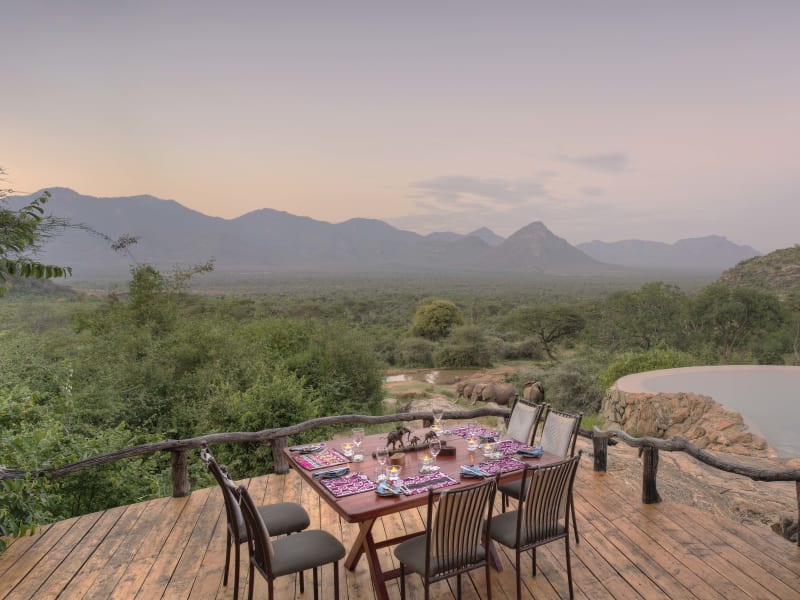
Sarara Camp
Set in 850,000 acres of Namunyak Wildlife Conservation Trusts, Sarara Camp offers the perfect platfo...
Discover More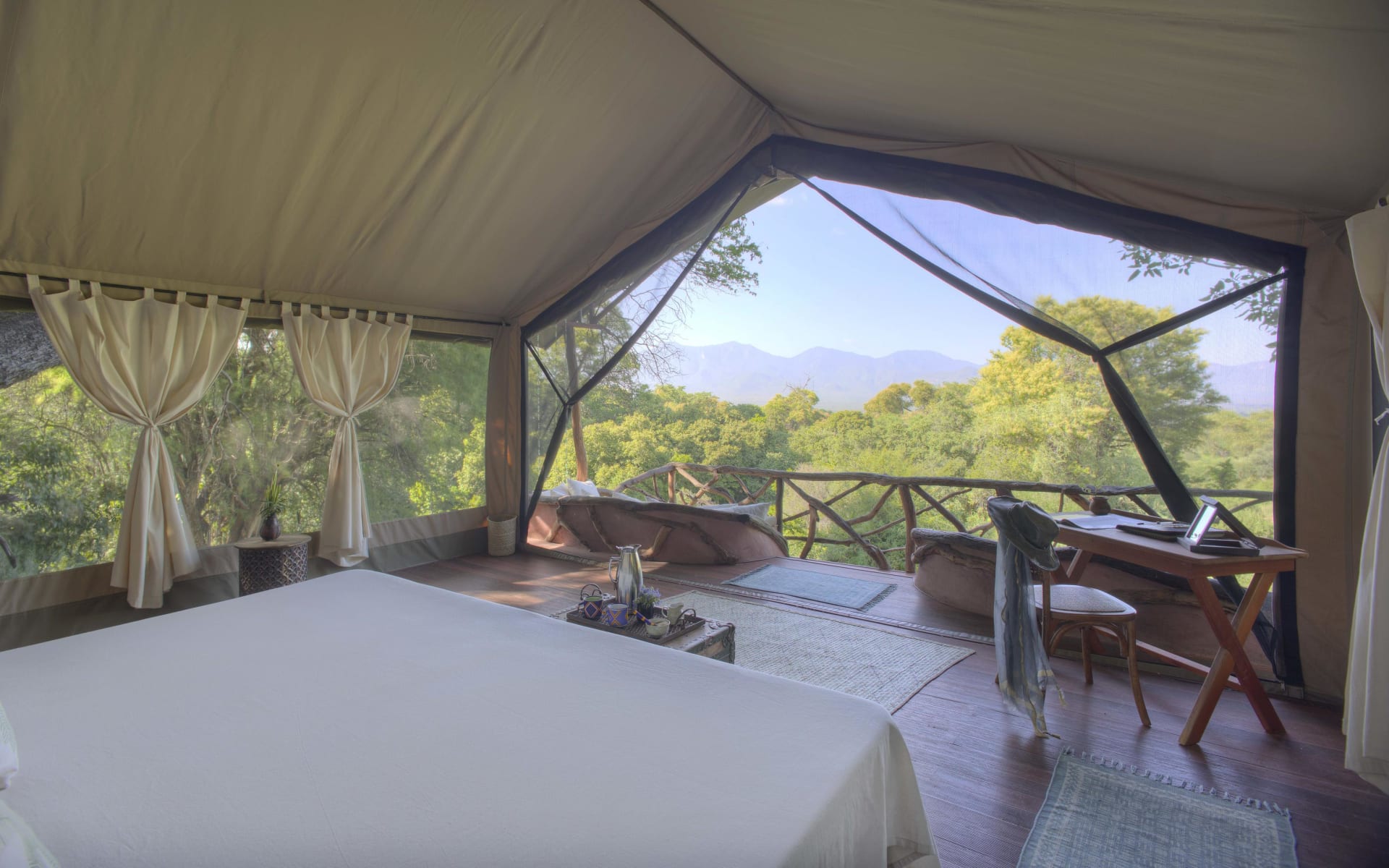
Sarara Treehouse
A truly wild lodge, with all the luxurious you could want whilst experiencing this beautiful conserv...
Discover More
Saruni Rhino
Saruni Rhino is wild, undiscovered Kenya. Located in Sera Conservancy, in the northern frontier of K...
Discover More
Peponi Hotel
You’ll arrive by boat to Peponi Hotel, which is perched neatly on the northern tip of Lamu island, a...
Discover MoreMore Kenya inspiration from Wayfairer customers and travel specialists
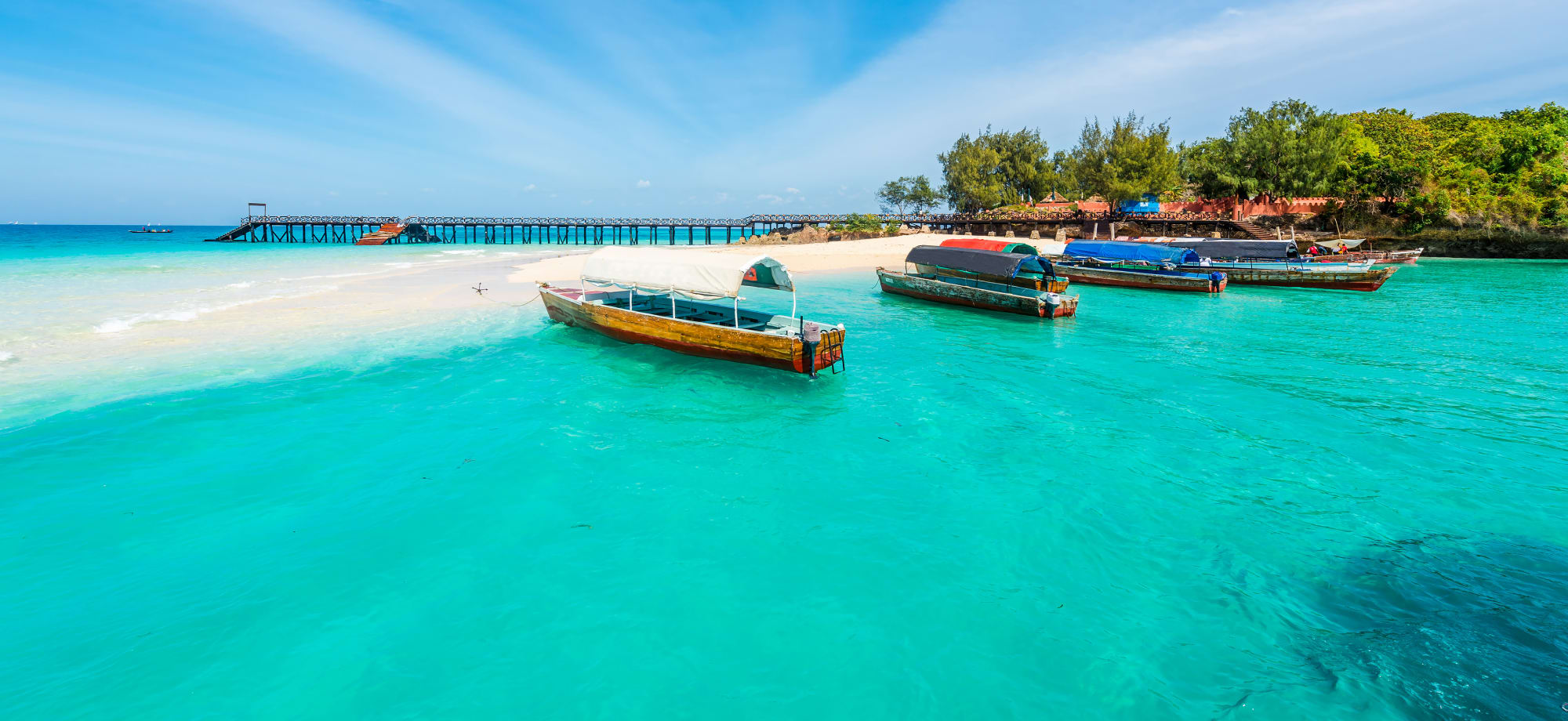
8 Best Beaches in Zanzibar and Hotels
March 25, 2025
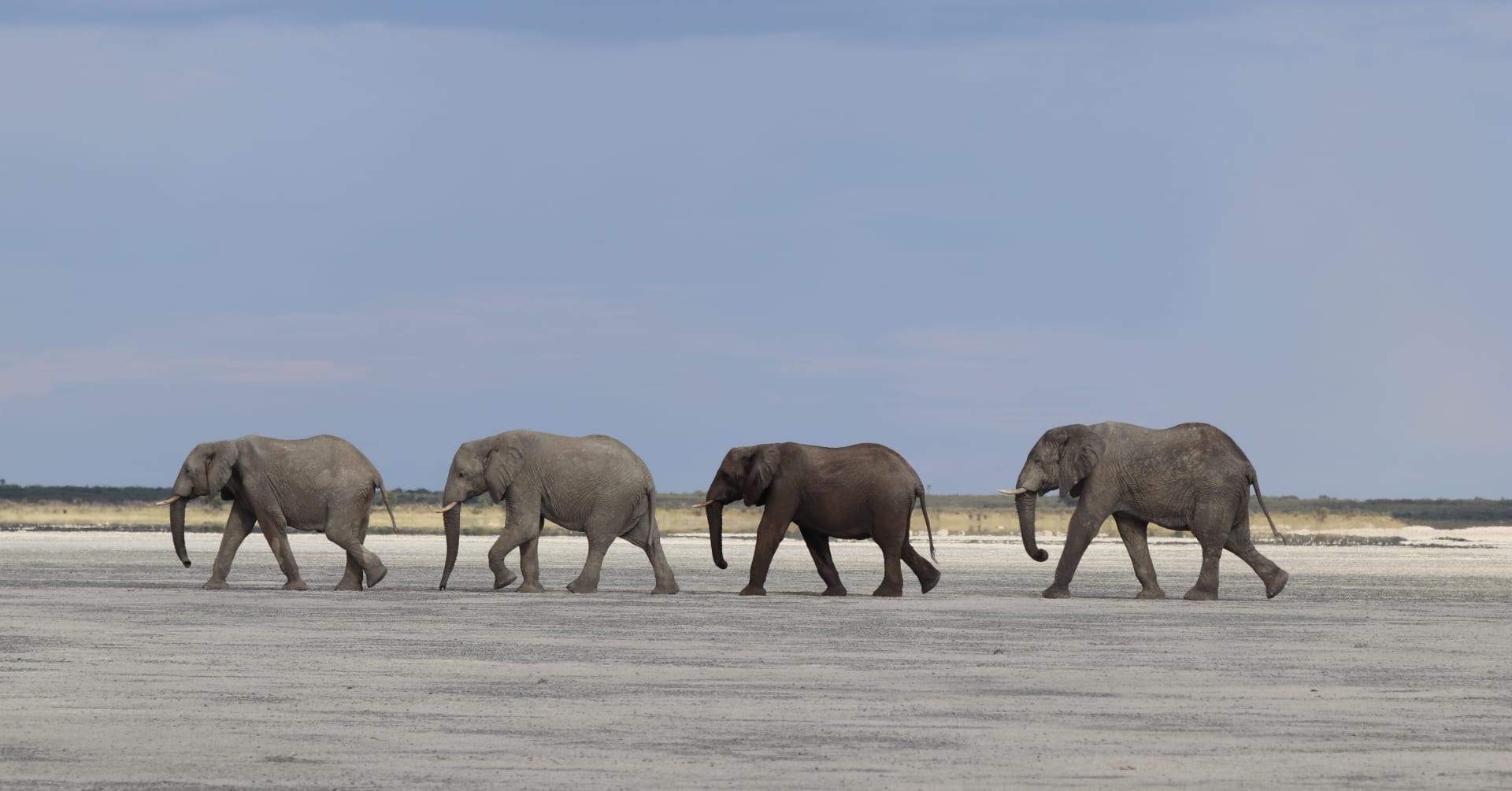
8 of the Best Countries to Visit in Africa in 2025
March 18, 2025
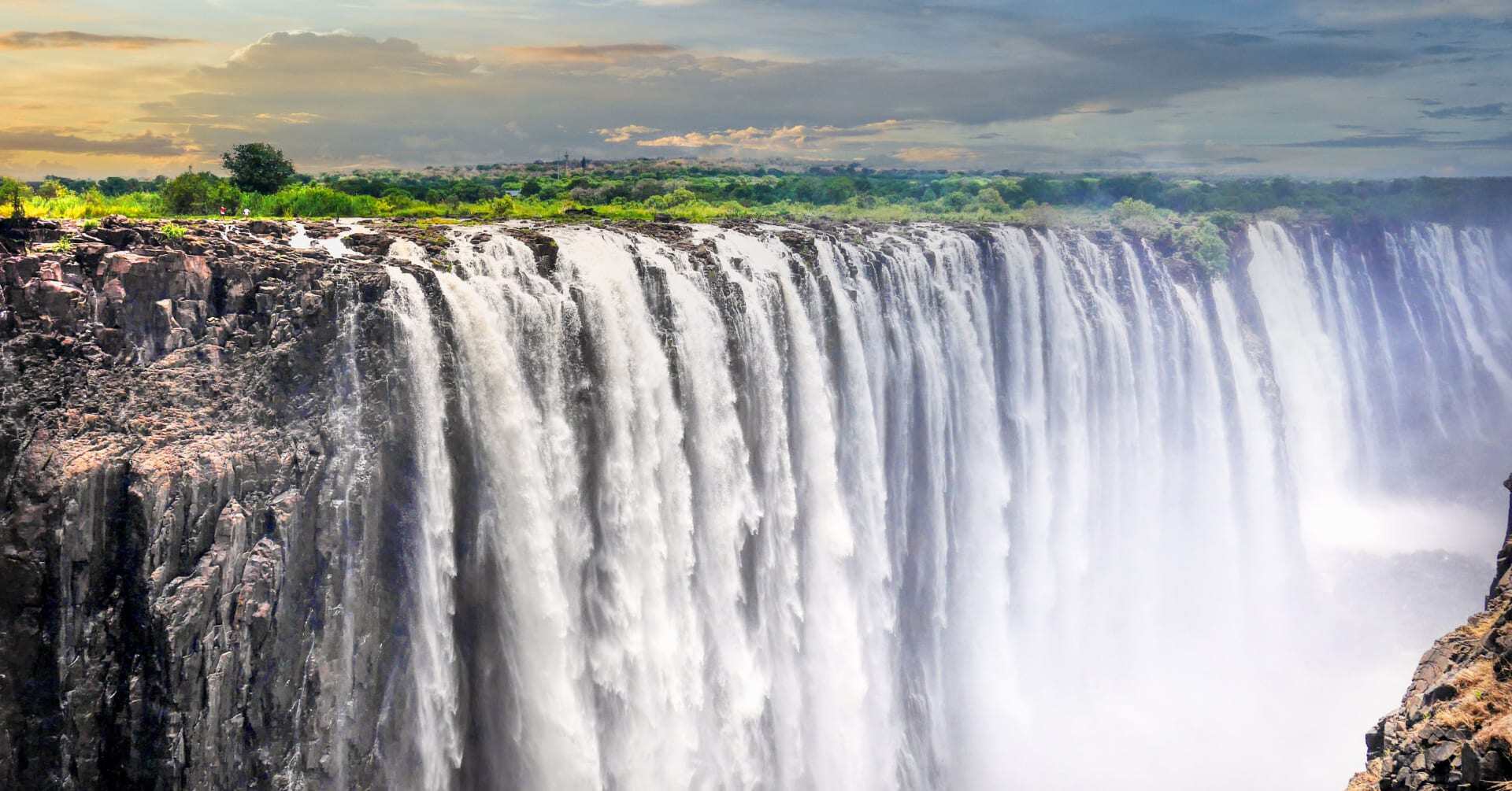
13 Things to do in Victoria Falls
May 07, 2024
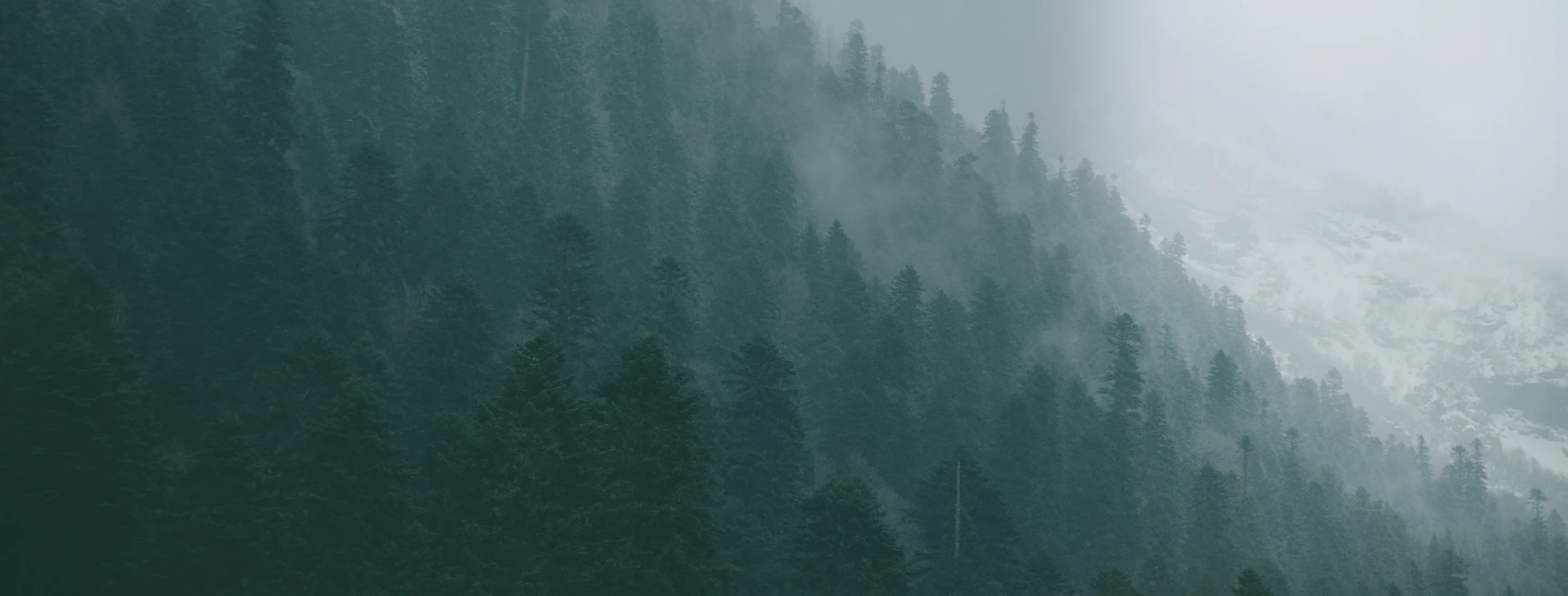
Sign up to our newsletter
For more travel inspiration delivered straight to your inbox just fill in your details here


